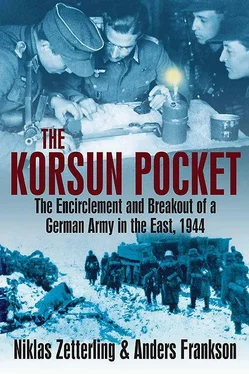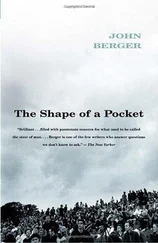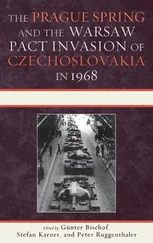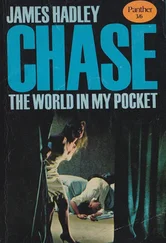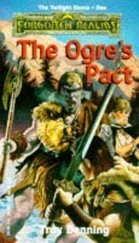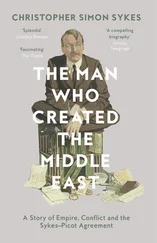An important part of the Soviet planning was the deception operation staged by the 2nd Ukrainian Front. The use of dummy tanks, false artillery positions and depots, and simulated radio traffic was intended to create the illusion that a considerable force was concentrated west of Kirovograd. To this was added motor vehicle noise, field works, track marks from tanks, and other measures intended to reinforce the impression. At the same time the true build-up was hidden. These activities were conducted between 19 and 24 January, 76in the hope of causing the Germans to place their forces, particularly their reserves, too far south.
Unsurprisingly, Soviet sources maintain that the deception was successful. This seems at most to be only partially true. For example, the Soviet General Staff Study claims that “the Germans kept all of their Panzer divisions along the Kirovograd axis.” 77However, both the 11th and 14th Panzer Divisions were pulled out and sent to the Novo Mirgorod area, which was on the real Soviet attack axis. 78
Also, the 8th Army war diary shows clearly that the army was more concerned with the real threat than the simulated one. On 22 January, it discussed the “enemy main effort build-up and attack preparations” in the Krassnosilka area and regarded them as confirmed. The Soviet fake preparations were observed, but they were only mentioned in one sentence: “Scope of the ongoing enemy regrouping on the southern wing not yet identified.” 79
At 08.20hrs on 23 January, the LII Corps (on the southern wing of the army) reported that it had directed artillery fire on enemy concentrations. 80This may have been caused by the Soviet deception. Also, busy traffic was reported in front of the LII Corps. However, when summing up the day on the evening of 23 January, it was clear that 8th Army expected the Soviet main effort in the Krasnosilka–Balandino area. 81
On the morning of 24 January, the XXXXVII Panzer Corps reported busy traffic on the roads leading north on the Soviet side of the front line, in the Penkino–Vladimirovka area northwest of Kirovograd. This observation may have been caused by Soviet deceptive measures, but the overall impression remained focused on the area east of Kapitanovka. 82
Air Power on the Eastern Front
It was not only the Soviet deception plan that produced far less results than hoped for. At the beginning of the war in the East, the Luftwaffe quickly had gained command of the skies. However, as the number of aircraft available to the German air force on the Eastern Front was fairly small, the Luftwaffe did not have as great an effect as it had had during the campaign in the West in 1940. The smaller number of aircraft committed during Operation Barbarossa, combined with the larger theater of operations, made it difficult for the Luftwaffe to make more than local efforts. Initially this was offset by the weakness of the Red Air Force, but over time Soviet air power grew stronger. Still, even by the time of Operation Citadel, the Germans could establish local air superiority. However, the mounting Allied bombing offensive against Germany forced the Luftwaffe to commit more and more of its fighter units to the defense of the homeland, leaving the Luftflotten on the Eastern Front with few fighter aircraft. Simultaneously the strength of the Red Air Force grew.
At the beginning of 1944 the focus of air power for both sides on the Eastern Front was support of the ground units in various ways. Tactics as well as aircraft were largely adapted to this task. For the forthcoming offensive Rotmistrov intended to make effective use of air power during the breakthrough phase. A short artillery preparation was planned, and groups of four to eight aircraft were to attack enemy firing positions when they had been identified. Rotmistrov’s intentions were good, but there was one major uncertainty: the weather. Fog could easily cover important parts of the battlefield and render air support impossible. Low clouds could have the same effect. The planning would have to take into account the likelihood that air power would fail to appear. 83
Ground Logistics
In determining their strategy for the offensive, the Soviets also had to take into account the importance of logistics. More stubborn resistance on the part of the Germans than was anticipated would raise ammunition expenditure, and the attendant slowing of the advance would increase fuel consumption. It might also prove necessary to redirect reinforcements to respond to key areas of resistance. The roads were usually few and poor in Russia and the Ukraine, so important operations often required considerable efforts to improve the road network. The Korsun operation was no exception and the Soviet engineers worked to improve the roads so that they were sufficient to carry the substantial traffic that was inevitable. In particular in the area covered by the 2nd Ukrainian Front, the troop concentration was considerable, placing a strain upon the road network. Engineers from the front had only a few days to improve the existing roads and to build new ones. For example, a 35-kilometer lateral road for the 5th Guards Tank Army had to be built in four days. 84
There were several problems involved in building and improving roads. First of all, such work could jeopardize the secrecy of the operation. Roads are generally quite visible and any work might give the enemy clear indications of their opponent’s intent. Another difficulty was caused by the fact that the area had recently been a battleground. Existing roads might be mined and demolitions caused extra work. To locate mines the Red Army sappers were assisted by dogs. 85
An alternative to roads, and one with considerably greater capacity, was, of course, railroads. They were even more susceptible to damage than roads and they too required work before they could be of use in the build-up of Soviet forces. Sleepers were scarce and the Soviet engineers resorted to using logs from buildings to remedy the shortage. Clamps had to be manufactured and were often delivered by Po-2 aircraft. 86
There were numerous details to attend to and little time available. The planning and preparations of the two Soviet fronts had an impromptu character, but it was probably unavoidable. To spend more time on preparations would also have meant that the Germans could recover and present a more solid defense. It was probably better to try to mount the offensive as soon as possible.
Meanwhile, Hube had proceeded with the preparations for Operation Watutin, and on 24 January the XXXXVI Panzer Corps struck, followed by III Panzer Corps the next day. The two corps made fairly good but not spectacular progress. It remained to see if the German attack might affect the forthcoming Soviet offensive.
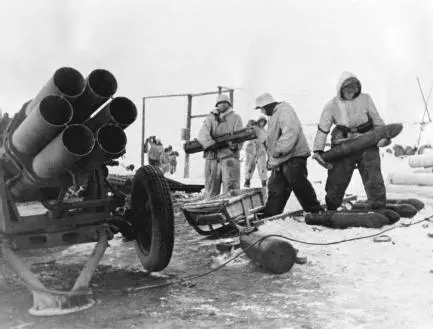
Rocket artillery, like this six-barreled German 15cm piece, was used extensively by both armies during offensive operations. (SIPA PRESS)
CHAPTER 4
The Condition of the Armies
Soviet and German Casualties up to 1944
It was the third winter in the war between Germany and the Soviet Union. For both sides, the previous years had brought considerable changes to the units involved. The war in the East was an immensely costly war. The Red Army suffered tremendous casualties in 1941 alone. Most likely the losses are not fully recorded. 87During this year the men lost were predominantly taken as prisoners of war or killed, thus making them irretrievable. During 1942 and 1943, Soviet casualties remained very high, but wounded made up a larger portion. A significant number of the soldiers who were recorded as casualties could eventually be expected to return to duty; nevertheless, at least 12 million Soviet soldiers must have been irrevocably lost before 1944. 88
Читать дальше
